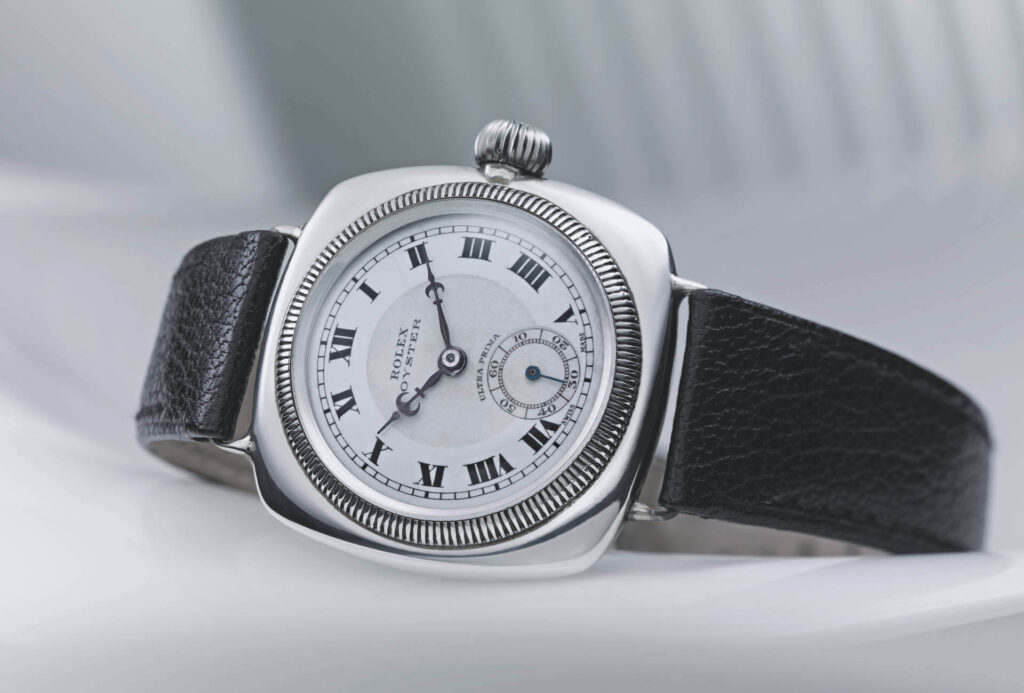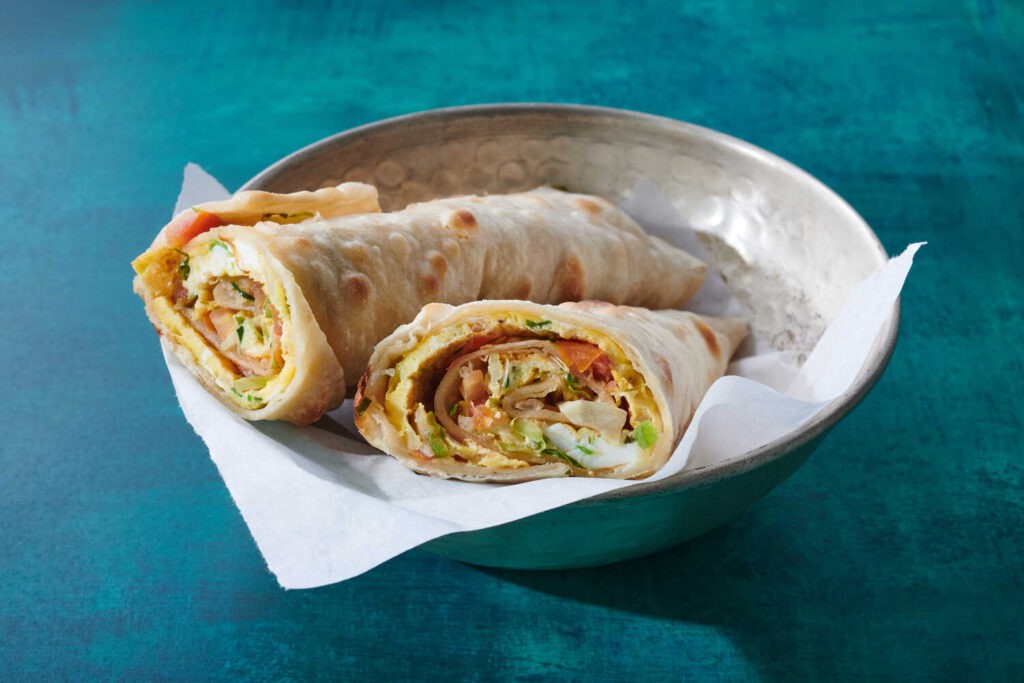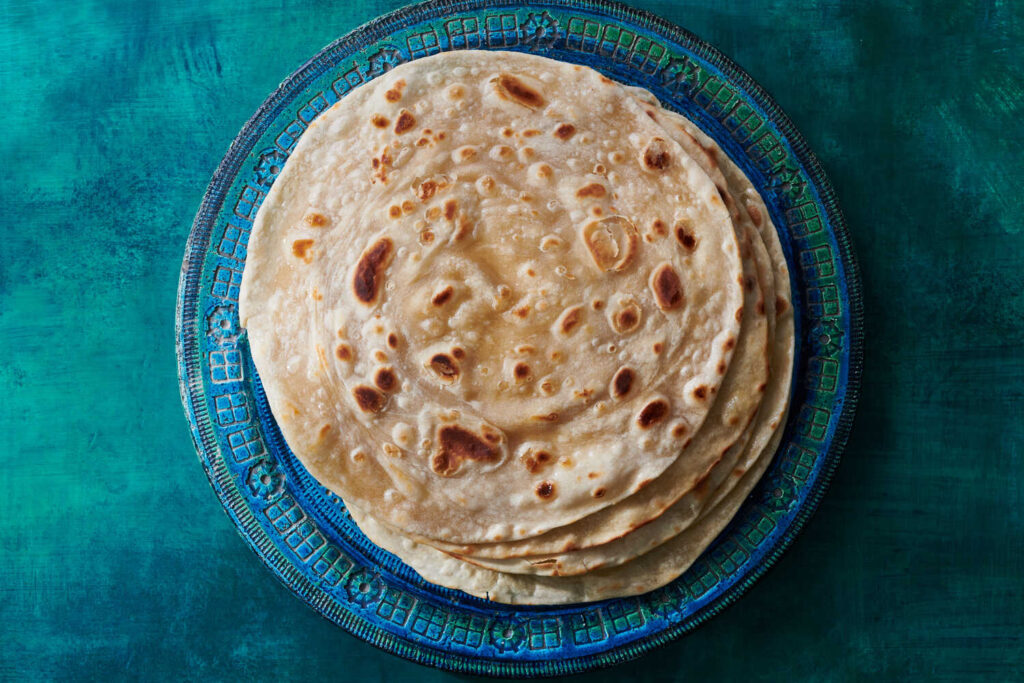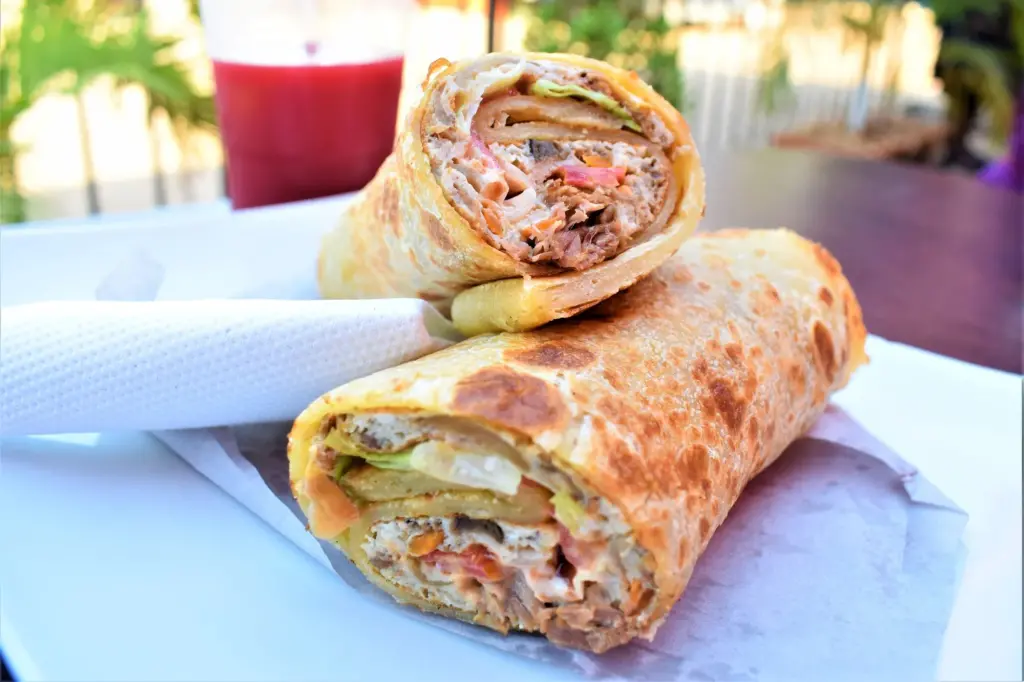The year is 1927 and Mercedes Gleitze, a British professional athlete, is about to embark on an enormous feat which, if accomplished, should make her the first female in history to successfully swim across the 21km stretch of the English Channel between England and France. In this era also exists a pioneering inventor called Hans Wilsdorf. Hans is the brains behind an emerging prestigious watch brand built on the foundational principles of precision, innovation and functionality. Thus, in a bid to break the standard of fidgety pocket watches and make wrist watches the new norm, Hans is about to introduce the world to his ground-breaking creation—the Rolex Oyster! The Oyster is a high-class, sturdy and waterproof chronograph capable of withstanding a hostile environment and the brutes of a busy hand!

To create publicity for his flagship watch, Hans forges a partnership with Gleitze. She’ll be wearing the Rolex Oyster as a brand ambassador during the eventful 10-plus hours she’s likely to spend in the ice-cold waters. In the end, the marketing stunt is a great double success! Not only does Gleitze get to feature on the front page of nearly every major newspaper, but the Oyster hits the headlines in bold. It’s a new landmark chapter of triumph in watch making as the timepiece gains global renown for maintaining functionality and precision without breaking a sweat!
Oyster, in reference to that range of sophisticated seafood, is perhaps the closest to anything edible that the Rolex Oyster watch will ever be! Unless, of course, you’re in Uganda where rolex is also the name of a wrap that is gobbled up in massive quantities on a daily basis. In fact, that segment of the LORD’s prayer that says give us today our daily bread; the daily bread the people here are usually referring to is the rolex! In this part of the world, no street food is as famed as this roll whose primary composition is chapati and eggs. That’s the entry-level model, cos it can quite literally get beefed up to suit your craving and, as with anything bespoke, the price goes up with every addition you introduce. That’s where the Ugaroll, the luxury division of the rolex, comes in. We’ll get back to this a little later.

A lot has been said about the rolex, but not much about its origins. First and foremost, it’s important to appreciate the fact that the chicken egg has been with us since time immemorial. The age-old debate about which of the two came first; the egg or the chicken, isn’t relevant. What we know is that the Creator, Himself, introduced to us this 55gram oval stash of protein which can be prepared in several different ways—fried, boiled, and even roasted—all subject to the current mood of your taste buds. The chapati, though, is a whole other matter. While some suggest that it may have originated in Jesus’ day, others argue that the object at the center of the feast of the Last Supper wasn’t chapati but, rather, bread. Undeniably, the origins of the modern-day chapati can be traced back to Asia where Naan, it’s cousin, may have also been birthed!
On one random sunny day in early 1857 during the inception of the Indian Rebellion against British rule, Mark Thornhill, an English magistrate presiding over the Indian district of Mathura, found on his desk mysterious pieces of chapati whose source was unknown to him. The phenomenon would almost immediately spark a great enigma that came to be known as the chapati movement, which caused the British minds to spin in confusion. Mark brought to the attention of the authorities the fact that there was a massive movement of hundreds of thousands of chapatis through the villages and towns across the country, an occurrence that potentially posed a threat to political stability, as the chapatis likely contained coded messages.

The speed at which the chapatis moved was so brisk and worrisome, as they traveled faster than regular mail! To the Brits, this signified an imminent mutiny. “No one seems to know the meaning of it. It’s not known whether it’s connected with a religious ceremony, or whether it has to do with some secret society!” Dr. Gilbert Hadow, a bewildered British army surgeon marveled in a letter he wrote to his sister.
With the arrival of an influx of Indian laborers in the 1800s in Mombasa, Kenya, to carry out the humongous task of building the 931km-long Kenya-Uganda railway track, the curious chapatis equally made landfall at the East African coast. At the end of the railway construction in about 1901, the British granted the Indians leeway to return to their home country if they wished. While tens of thousands left, many stayed; and so did the chapatis. This substance of Indian culture and cuisine left a marked impression on our taste buds; its perpetual presence on our daily menus over the years is a testament to its lasting legacy.
As to which year the marriage between the chapati and the egg happened is largely speculative. What we know is that at the turn of the millennium sometime in the early 2000s is when the cheap snack hit the streets of Kampala. It’s been about 20years now and, take it from me, this marriage was made in Heaven; there’s never gonna be a divorce!
The rolex name, though, may have been a clever attempt to hobnob with the fame of the luxury watch maker. Even still, it’s quite difficult to ignore the rhyme between rolled eggs and rolex. But, hey, who cares!? One thing for sure is that it’s a catchy name, easy to remember, and both creations represent good taste in every sense!
Like I mentioned earlier, there’s the entry-level street-prepared rolex, which will cost you a dismal $0.5. That’s a single 0.15mm thick chapati measuring about 8inches in diameter, two fried eggs and a few ingredients to spice it up a little. Then comes the medium range. A lot like the street rolex: the insides are pretty much the same, except the chapati’s half a millimeter thicker, and is prepared in a controlled, relatively hygienic environment. Here we’re talking anywhere between $1 and $3 in price, depending on the supermarket or restaurant you’ll buy it from.
Finally comes the premium range. This one supposedly targets those individuals that don’t mind splashing some extra cash just to take their taste buds on a thrillful adventure. That’s the Ugaroll for you! Be sure that your wallet contains no less than the equivalent of $5 when you visit that kiosk, cos those guys are gonna roll you a thick chapati and stuff chicken in there, omelette, lettuce, avocado, mayonnaise—it’s generally gonna be one chaotic bundle of a wrap that will get your tummy questioning your sanity!

I’ve explored all the varieties before. Each has got its pros and cons, and certainly triggers different gastric juices. The low-budget edition—the most popular—comes with an iconic smokey, rusty taste that is derived from the often sooty pan on which it’s prepared. The smoke rising from the charcoal stove delicately sips into the omelette and is a fundamentally vital ingredient that can’t be taken for granted, cos you’ll never find that distinctive flavor in the neatly-made rolexes. The Ugaroll, on the other hand, will knock you out before you ever shove it into your mouth to catch that 8th bite. Whichever your choice is, be sure to explore all the classes the next time you’re in town!
Follow the conversation on X:
Woowwww Interesting!!
When was the last time you devoured one, Grace? Or haven’t you?🤔
Thanks for detailed background research always.
😊Thanks Prossy! I’m curious to know how you prefer your Rolex prepared!
Sounds like the Mexican burrito. It is the same concept, a lot crammed into a tortilla, creating what is literally called a “little donkey.” Good luck eating that, and staying awake for your board meeting. Surprisingly, not so much eaten in Spain except at “exotic” restaurants in Madrid. Not your street food.
Yeh, that’s it. You guys call it little donkey in Spain? 🤔
Yep! Burro means donkey, anytime one has to make something diminished, in Spanish, they add …ito or …ita determined by noun gender. Burrito becomes little donkey. Reason they call it that is donkeys just hussle carrying a lot of sh****t. Enjoy.
Haha I get it now! Thanks for breaking it down! Guess I’ll write something about the little donkey after I visit Spain!
Well, I am also surprised and frankly disturbed by how unoriginal the Rolex name is. Call it something else, chapategg, come on!! Bet Rolex watch considered suing some bustard for name rights, but guess their lawyers got back to them saying, “Jee, we are suing the entire country.”
True. Not very original. We could’ve called it a rollegg or something. haha maybe they reconsidered about the suit, cos it’s a different product altogether!
About 8 years ago was my last attempt at one. I mixed tomatoes, onions, green peppers, without the cabbage. I hurried home to eat after a long day only to find it was soaked like someone had dipped it into a bathtub. Not been back. I have never heard of ugaroll, what is special about it? The size? The ingredients? Won’t get soaked?
Yours might’ve got soaked cos of the packaging! Also, you sure you haven’t heard of Ugaroll?🤔 Anywho, it’s the sophisticated version of the rolex. Are you in Kampala?
I live in Victoria British Columbia. It is 5 years since my last brief visit home, I did not have enough time to explore. Maybe next time.
Oh. I see. Next time you’re in Kampala, hit me up & I’ll arrange a Ugaroll for you!😊
Ok, 5 bucks on you.
😎Done!